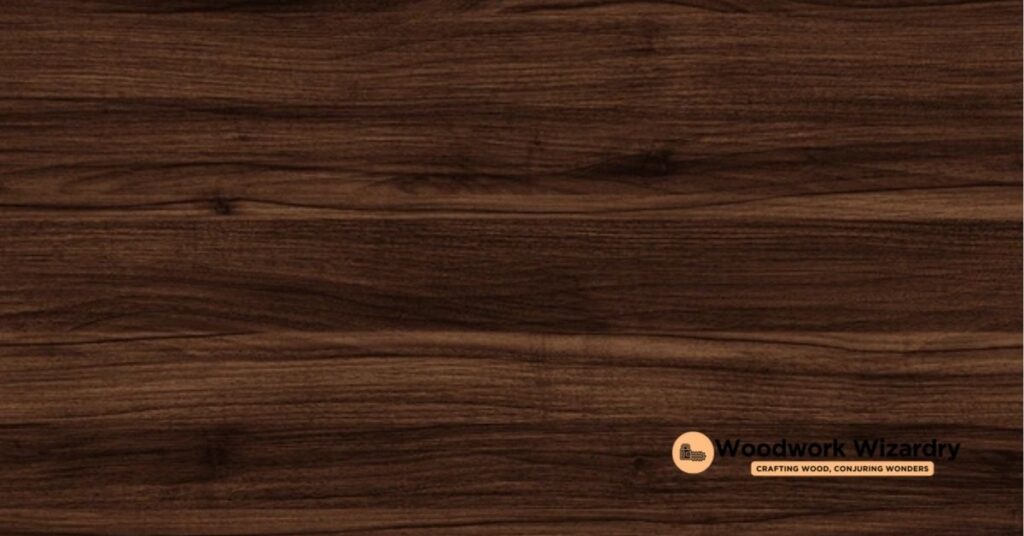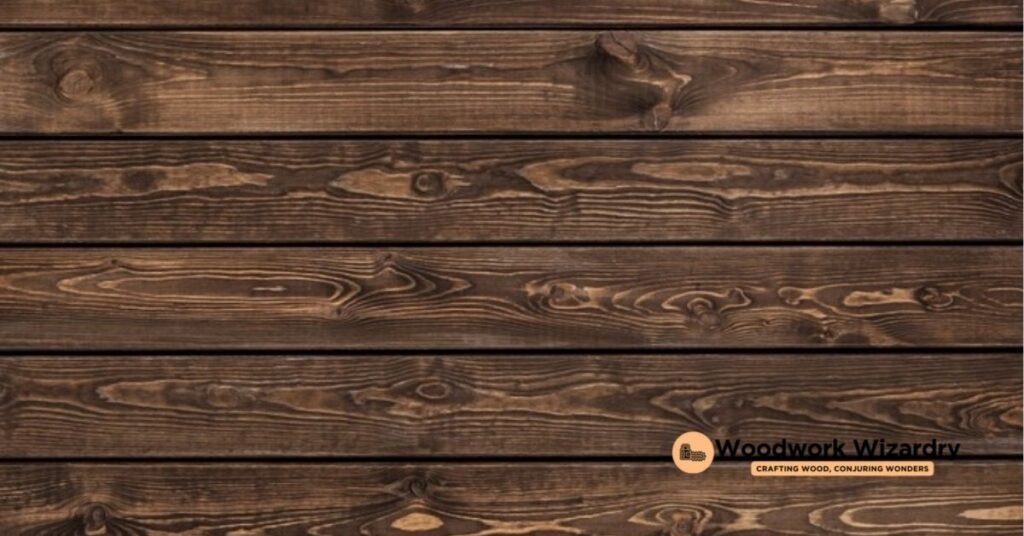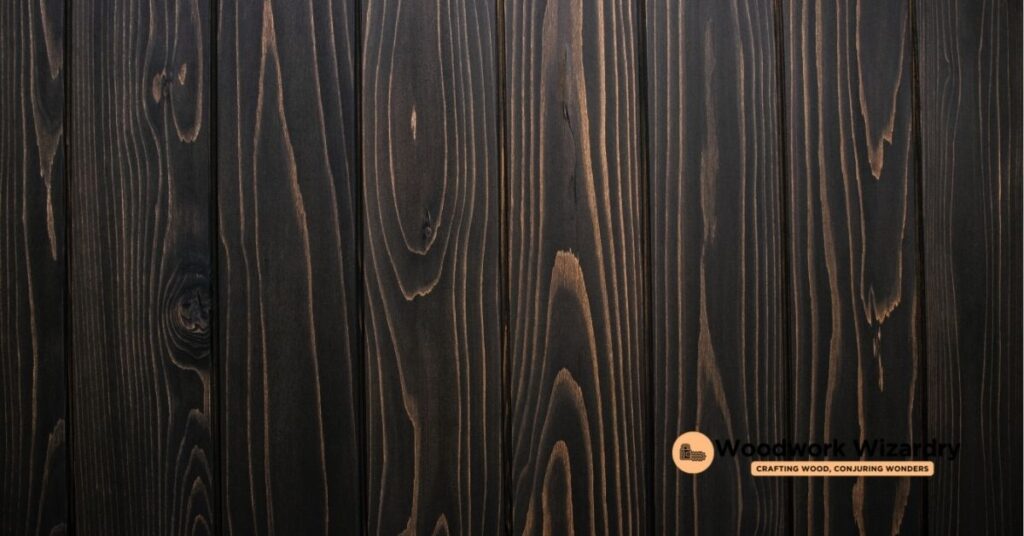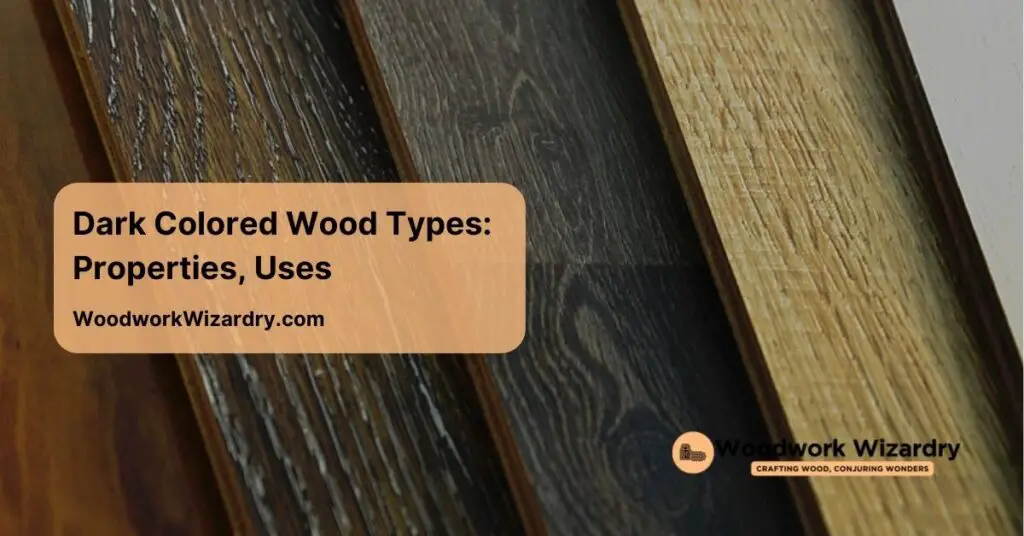When it comes to making a bold and timeless statement, dark-colored wood stands in a league of its own. Rich, elegant, and versatile, these woods bring warmth and sophistication to any space or project. Whether you’re crafting luxurious furniture, upgrading your home’s interior, or seeking durable materials for high-end designs, dark wood types offer unmatched beauty and functionality.
But what makes these woods so special? From their natural strength to their striking appearance, dark woods like walnut, mahogany, and ebony aren’t just about aesthetics—they deliver durability and performance that last for generations. Understanding their unique properties and uses can help you make the most of their potential, whether you’re a designer, woodworker, or homeowner. Ready to discover the area of dark woods and discover how they can elevate your projects? Let’s jump into their remarkable qualities and practical applications.
Common Properties Of Dark Colored Woods

Dark-colored woods are highly valued in woodworking and design for their distinct qualities. These properties make them an excellent choice for a variety of purposes, from construction to decorative projects.
Durability And Strength
Dark woods often have impressive hardness, making them stand out for heavy-use applications. They hold up well under pressure and resist wear over time. For example, walnut and mahogany are popular for crafting furniture pieces like tables and chairs due to their ability to withstand heavy loads. Their dense composition enhances structural stability, which is why they’re commonly used for flooring and cabinetry. These characteristics ensure longevity in projects, offering excellent value.
Unique Aesthetic Appeal
The rich tones of dark-colored woods add sophistication to any space. Their natural shades, such as deep browns or near blacks, create a sense of luxury and warmth. Patterns, like the fine grains in ebony or the swirling textures of rosewood, provide visual depth to finished products. These woods easily complement various interior styles, from modern to traditional. Designers often choose dark woods for accent pieces, wall paneling, or decorative carvings to elevate aesthetics.
Resistance To Decay And Insects
Dark-colored woods typically possess natural oils or dense fibers that deter pests. This inherent resistance makes them less prone to insect infestations, such as termites or beetles. Mahogany and teak, for instance, are well-known for their ability to resist decay caused by moisture. These properties make dark woods an excellent choice for outdoor furniture and environments exposed to fluctuating climates. By reducing the need for constant maintenance, they provide both practical and long-lasting answers.
Popular Dark Colored Wood Types

Dark-colored woods offer distinct qualities, making them sought-after materials in design and construction. Their unique properties and aesthetic allure cater to both functionality and style.
Walnut: Features And Applications
Walnut is known for its rich chocolate-brown hues and straight grain patterns. It provides impressive durability, making it perfect for furniture pieces like dining tables and headboards. Its smooth finish and ability to hold intricate carvings also make it ideal for decorative items. Many use walnut for cabinetry and flooring because of its strength and timeless appeal. The wood’s versatility allows it to complement both modern and traditional spaces beautifully.
Mahogany: Properties And Popular Uses
Mahogany boasts a reddish-brown tone that deepens with age, adding elegance to any project. This species is highly durable and resistant to warping, which makes it perfect for high-end furniture, doors, and musical instruments. Craftsmen often prefer it for intricate woodwork like cabinet details or moldings due to its workability. The natural resistance of mahogany to decay also ensures it’s a reliable wood for outdoor furniture and boat building.
Ebony: Characteristics And Uses
Ebony stands out with its jet-black color and smooth, dense texture. Its exceptional hardness makes it suitable for ornamental purposes, such as veneers, piano keys, and sculptures. Many luxury designs feature ebony inlays or accents because of its striking contrast against lighter woods. Guitar fretboards and other musical instruments often use ebony for its durability and ability to produce resonant tones.
Rosewood: Benefits And Common Applications
Rosewood is valued for its deep reddish-brown hues and unique grain patterns. This wood exudes a natural aroma, making it a favorite for crafting musical instruments like guitars and pianos. Furniture makers appreciate its strength and resistance to wear, often incorporating it in high-value tables and chairs. It’s also popular in decorative applications such as flooring, veneers, and custom handles thanks to its smooth finish and rich appearance.
Advantages Of Using Dark Colored Woods
Dark-colored woods bring distinct benefits that make them a top choice for woodworking and design. Their combination of durability, versatility, and aesthetic appeal ensures long-term value for any project.
Long-lasting Durability
Dark-colored woods like walnut and ebony are incredibly sturdy. Their dense composition helps them resist wear and tear, even in high-traffic areas. Many dark woods naturally repel insects and decay, reducing maintenance over time. These properties make them perfect for heavy-use items like flooring and dining tables, where longevity is essential.
Versatility In Applications
You can use dark woods across a wide range of projects. From cabinetry to musical instruments, their strength and workability make them ideal for intricate or large-scale designs. Walnut and rosewood are popular for furniture, while ebony excels in decorative applications like inlays. The adaptability of these woods ensures they fit seamlessly into both functional and ornamental roles.
Improving Elegance In Furniture Design
Dark tones instantly elevate the look of furniture pieces. Their rich hues add warmth and sophistication, transforming living spaces into refined environments. Mahogany’s deep reddish-brown tone, for example, enhances the appeal of luxury furniture while its grain pattern lends a sense of character. Using dark-colored woods infuses your designs with timeless beauty and charm.
Common Uses Of Dark Colored Woods

Dark-colored woods are incredibly versatile, offering sophistication and durability in a variety of applications. Whether you’re designing furniture or crafting unique decor, these woods provide the perfect blend of beauty and function.
Luxury Furniture
Furniture crafted from dark woods like walnut and mahogany exudes refinement. Rich tones and intricate grains make them ideal for dining tables, bed frames, and armoires. Their durability ensures these pieces remain in excellent condition for generations, adding timeless elegance to your living spaces.
High-End Flooring
Dark woods are a sought-after choice for luxury flooring designs. Species such as walnut and rosewood deliver dramatic color contrasts and rich textures, transforming interiors with their bold aesthetic. These materials also resist everyday wear, making them perfect for high-traffic areas in premium homes or offices.
Musical Instruments
Artisans frequently use dark woods like ebony and rosewood to create high-quality musical instruments. Their hardness and density produce superior tonal quality in guitars, violins, and pianos. The natural beauty of these woods also enhances the visual appeal of instruments, making each piece a work of art.
Decorative Items
Dark-colored woods add sophistication to decorative items such as picture frames, vases, and sculptures. Mahogany and ebony are often used for intricate carvings or inlays, elevating these accents to statement pieces. Their natural luster and rich hues create stunning focal points within any room.
Tips For Choosing The Right Dark Colored Wood

Choosing the perfect dark wood involves balancing aesthetics, functionality, and cost. These practical tips will help you make an well-informed choice for your project.
Consider Durability Requirements
Start by thinking about how much wear and tear the wood will face. If you’re working on high-traffic areas like flooring or dining tables, woods like walnut or ebony, known for their hardness and resistance to wear, can handle heavy use. Outdoor projects require materials with natural resistance to decay, such as mahogany, to stand up to the elements. For decorative items or light-use furniture, durability might be less critical, giving you more flexibility in your choice.
Evaluate Aesthetic Preferences
Focus on the look and feel you’re aiming for in your project. Walnut’s chocolate-brown tones add warmth and understated elegance, making it great for contemporary designs. If you want a luxurious and timeless appearance, mahogany offers reddish-brown hues that deepen over time. Ebony’s jet-black color works perfectly for creating dramatic focal points or adding modern sophistication. The patterns in rosewood are unique and visually striking, ideal for adding character to fine furniture or musical instruments.
Align With Project Budget
Set a clear budget that guides your selection. Woods like walnut are relatively affordable while offering excellent durability and style. High-end options like ebony or rosewood come with a premium price tag, making them best suited for luxury items or statement pieces. Mahogany strikes a balance, offering a high-end look at a reasonable cost for large-scale projects. Always compare prices and consider sourcing sustainably to get the best value while being eco-conscious.
Conclusion
Dark-colored woods offer an unmatched combination of beauty, durability, and versatility, making them a standout choice for a variety of projects. Whether you’re crafting furniture, upgrading interiors, or creating decorative pieces, these woods bring sophistication and functionality to your designs.
By understanding the unique properties and applications of woods like walnut, mahogany, ebony, and rosewood, you can select the perfect material to match your needs and style. With their timeless appeal and practical benefits, dark woods are an investment that enhances any space while standing the test of time.







